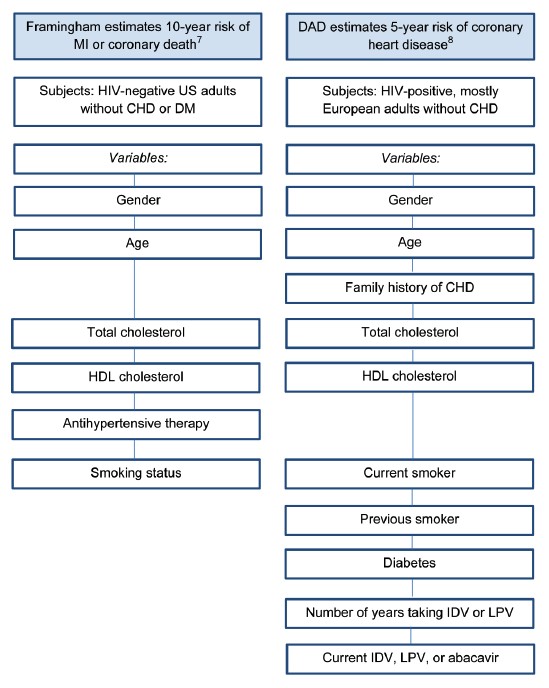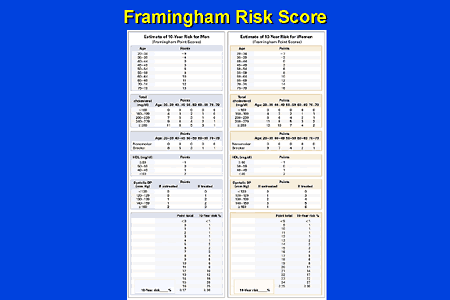
Framingham Risk Score Calculator Pdf Download
In the below calculator enter your gender, age, cholestrol level, BP and you get the 'Framingham Risk Score' and the risk of developing CHD. Higher the score, higher is the percentage of developing CHD.
Calculate your 10-year risk of heart disease or stroke using the ASCVD algorithm published in. This calculator assumes that you have not had a prior heart attack or stroke. If you have, generally it is recommended that you discuss with your doctor about starting aspirin and a statin.

Furthermore, if you have an LDL-cholesterol (bad cholesterol) greater than 190, it is also generally recommended that you discuss with your doctor about starting aspirin and a statin. Unfortunately, there is insufficient data to reliably predict risk for those less than 40 years of age or greater than 79 years of age and for those with total cholesterol greater than 320. UPDATE (11/21/17) -- The ACC/AHA has released their At a high level, the new guidelines redefine hypertension as blood pressure >130/80 and recommend starting anti-hypertensives based on ASCVD risk score of >10%. This will be a significant change from JNC-8.
Please let us know if you would like us to incorporate the new guidelines into cvriskcalculator.com by completing UPDATE (6/30/16) -- The calculator has been vetted against the for initiating aspirin therapy. UPDATE (9/18/15) -- The calculator now also incorporates for initiating aspirin therapy. UPDATE (5/26/14) -- The calculator now also incorporates for blood pressure management. An is also available for download.
If you are an investigator interested in implementing an app for your own risk calculator, please about our platform.
Contents • • • • • • • • • • • • • • • • Cardiovascular Risk Scoring systems [ ] The Framingham Risk Score is one of a number of scoring systems used to determine an individual's chances of developing cardiovascular disease. A number of these scoring systems are available online. Cardiovascular risk scoring systems give an estimate of the probability that a person will develop cardiovascular disease within a specified amount of time, usually 10 to 30 years. Because they give an indication of the risk of developing cardiovascular disease, they also indicate who is most likely to benefit from prevention.
For this reason, cardiovascular risk scores are used to determine who should be offered preventive drugs such as drugs to lower blood pressure and drugs to lower cholesterol levels. Nonton film subtitle indonesia. For example, nearly 30% of coronary heart disease (CHD) events in both men and women were singularly attributable to blood pressure levels that exceeded high normal (≥130/85), showing that blood pressure management and monitoring is paramount both to cardiovascular health and prediction of outcomes.
Usefulness [ ] Because risk scores such as the Framingham Risk Score give an indication of the likely benefits of prevention, they are useful for both the individual patient and for the clinician in helping decide whether lifestyle modification and preventive medical treatment, and for patient education, by identifying men and women at increased risk for future cardiovascular events. (CHD) risk at 10 years in percent can be calculated with the help of the Framingham Risk Score. Individuals with low risk have 10% or less CHD risk at 10 years, with intermediate risk 10-20%, and with high risk 20% or more. However it should be remembered that these categorisations are arbitrary.
A more useful metric is to consider the effects of treatment. If a group of 100 persons all have a 20% ten-year risk of cardiovascular disease it means that we should expect that 20 of these 100 individuals will develop cardiovascular disease (coronary heart disease or stroke) in the next 10 years and eighty of them will not develop cardiovascular disease in the next 10 years. If they were to take a combination of treatments (for example drugs to lower cholesterol levels plus drugs to lower blood pressure) that reduced their risk of cardiovascular disease by half it means that 10 of these 100 individuals should be expected to develop cardiovascular disease in the next 10 years and 90 of them should not be expected to develop cardiovascular disease. If that was the case then 10 of these individuals would have avoided cardiovascular disease by taking treatment for 10 years; 10 would get cardiovascular disease whether or not they took treatment; and 80 would not have got cardiovascular disease whether or not they took treatment.
Despite their widespread popularity, randomised trials assessing the impact of using cardiovascular disease risk scores show limited impact on patient outcomes. Although there is good evidence that targeting individuals with high total CVD risk is the most efficient way to reduce CVD-related morbidity and mortality, to date trials assessing the usefulness of risk scores at helping clinicians target high risk patients show limited benefit. Issues Raised by Cardiovascular Risk Prediction [ ] It is important to recognize that the strongest predictor of cardiovascular risk in any risk equation is age. File bomba a decompression eliminare account badoo. Almost all persons aged 70 and over are at >20% ten year cardiovascular risk and almost nobody aged under 40 is at >20% ten year cardiovascular risk. Since those who benefit most from treatment are those at highest risk, this means that treatment of patients with raised blood pressure and raised cholesterol levels in their thirties benefits very few. Whereas treatment of patients with 'normal' blood pressure and 'normal' cholesterol levels in their seventies benefits many. This casts doubt on the wisdom of categorizing individuals as having high blood pressure or raised cholesterol and treating these individual risk factors without a consideration of both their overall risk of cardiovascular disease and of the probability that they will benefit.